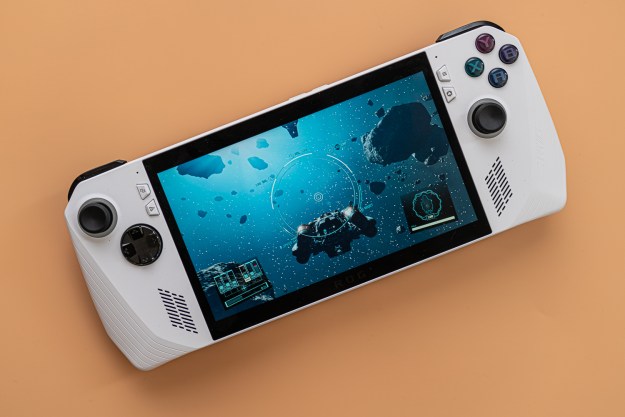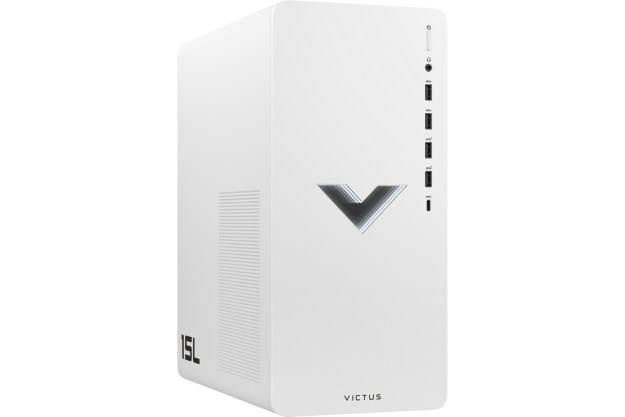Adafruit’s Philip Burgess recently posted an article about how he created a tiny arcade machine that can play Dig Dug, Donkey Kong, and other classic titles. It’s deemed as the world’s smallest MAME (multiple arcade machine emulator) cabinet using the forementioned OLED screen, a Raspberry Pi Zero (V1) board, and a I2S class D audio amplifier. Basically, MAME is software built for playing old arcade games on Windows, OS X, and Linux.
“Using calipers, I measured each part and came up with a case idea,” Burgess reports. “Rather than fully enclose everything, some elements (the Perma-Proto board holding the controls, plus the Raspberry Pi Zero board itself) would themselves become elements of the structure.”
The result is a device that looks like a miniature arcade cabinet, but consists mostly of Perma-Proto boards that play host to the toggles and switches on the front of the “cabinet.” The cabinet sides are made out of laser-cut acrylic while the Raspberry Pi Zero board fills the entire backside. Thus, the left side of the cabinet grants access to the mini HDMI output port, the USB on-the-go-port, and the micro USB port for power.
Outside the power connection to a wall outlet, the cabinet hides all the wiring inside behind the screen. There’s a lot crammed into the tiny space that connects the Raspberry Pi Zero to the OLED screen, the switches, and the audio amplifier. Overall, this device stands a mere 2.65-inches tall, is 1.32-inches wide, and measures 1.41-inches deep from the back to the tip of the start/select buttons.
If you’re not familiar with the Raspberry Pi Zero, it’s a $5 computer with a single-core processor clocked at 1GHz, 512MB of system memory, a HAT-compatible 40-pin header, and composite video and reset headers. It also packs a micro SD card slot, which is where the cabinet’s operating system resides. The device uses the game-focused Linux-based RetroPie 3.8.1 platform designed specifically for Raspberry Pi.
The big problem with getting games to run smoothly on this miniature machine was providing clear images on such a tiny screen. Burgess used a program called nanoscreen that could scale the original imagery at a 1:4 ratio using 4×4 pixel averaging. This was capable of preserving all the details although the end result was somewhat blurry. Alternatively, he discovered that using bilinear interpolation when scaling made the final imagery even worse.
Unfortunately, Adafruit isn’t offering a kit, nor is it offering step by step instructions on how to build the miniature arcade machine. However, the blog by Burgess is pretty lengthy, giving hopeful builders plenty to chew on and get started with their own Ant-Man-sized arcade machine.


